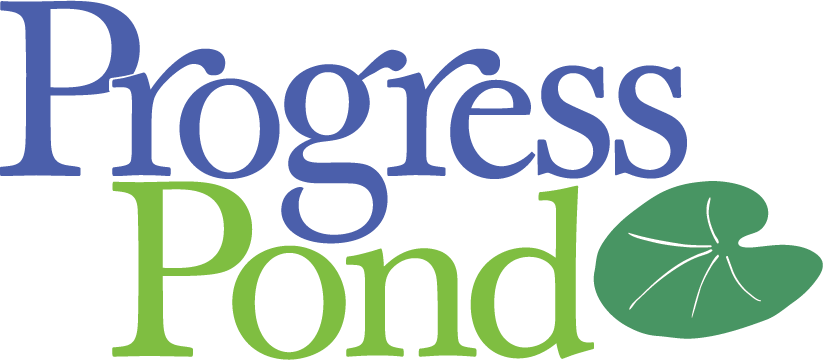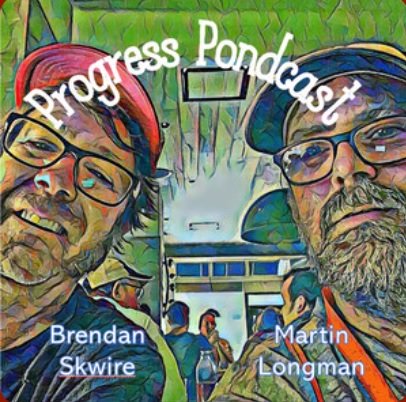
St. Patrick’s day has never been a particularly big deal for me: more an excuse for a lie-in or a long week-end away after a long winter. Although almost every Irish town or city has a St. Patrick’s day parade which attracts almost every group you can throw a uniform or costume at as well as large crowds of onlookers, it has never seemed to me to be much more than an excuse for a monumental piss-up afterwards. Shure it’s no harm to have a bit of craic, might be a typical response. We seem to be in the process of patenting craic as a uniquely Irish contribution to world civilisation.
In more recent times, however, St. Patrick’s day parades have become a serious artistic endeavour and economic and political business. Costumes and floats have become ever more inventive and outrageous, the participants engaging in a mass performance artistic event worthy of celebration in its own right. Cities around the world mark the day with their own parades or green-lighting of landmark buildings. As a promotion of a national identity and tourism, it has few, if any, equals. Friends of friends organised a very successful alternative St. Patrick’s day parade in New York when the very conservative Ancient order of Hibernians refused to allow LGTB groups to openly participate in their parade, and were recently honoured by the Irish President for doing so.
At a political level the celebrations include the presentation of a symbolic bowl of shamrock to the US President by the Taoiseach in the oval office: an unequalled level of access to the American President for a small nation. Usually it is an opportunity to lobby the President and key figures on Capital Hill on the current areas of Irish concern, be it “undocumented” immigrants to the US, the future of FDI in Ireland, peace and stability in Northern Ireland, or the current concerns over Brexit and US EU relations. Little matter that it generally involves cringe-inducing platitudes and leprechaun jokes. Some serious business is often done.
This year outgoing Taoiseach Enda Kenny had to negotiate the minefield of widespread Irish disapproval of the Trump presidency, as expressed in Kenny’s own remarks that that Trump’s campaign rhetoric was racist and dangerous, and suggestion that voters had an alternative to vote for. It is also an uncomfortable fact that many of Trump’s more extreme supporters and appointees are of Irish extraction. The gulf between Irish politics and many Irish-Americans in the USA has never been wider.
But St. Patrick’s day is a day to celebrate “Irishness”, whatever that may mean, and not a day to litigate differences. Many have pointed to the hypocrisy of advocating for undocumented (= illegal) Irish emigrants abroad whilst maintaining a strict political asylum process at home which can leave refugees in limbo for many years. But keeping Irish American relationships in a positive space is not necessarily a bad thing at a time of increasing US EU tensions. I wonder if today’s meeting between Trump and Merkel will generate similarly warm feelings.
War-mongers the world over depend on generating fear of the “other” to make their misadventures politically viable. Displays of public conviviality, however forced, can sometimes reduce tensions and create opportunities for better relations. Anything which helps to undermine the Trump/Bannon project of destroying the cohesion of the EU has to be a good thing. So the begrudgers can mock and scoff at the fake bonhomie of the revellers all they want: it is a modern version of the hippy “make love, not war” sentiment of the 1960’s all over again. At worst it is a harmless conceit that Ireland matters more than it really does in the real world. At best, it helps a lot of people have a good time, at least for a day. Happy St. Patrick’s day!



Happy St. Patrick’s Day to you as well.
It looks as if tRump was wished a Happy St. Pat’s Day, too. Standing next to the President today was Irish Prime Minister Edna Kenny who said:
“It’s fitting that we gather here each year to celebrate St. Patrick and his legacy,” Kenny said. “He, too, was an immigrant. And even though he is, of course, the patron saint of Ireland, for many people around the globe, he is also the symbol of — indeed, the patron of — immigrants.”
“Kenny went on to explain that in past centuries, the Irish were ‘the retched refuse on the teeming shore,’ who nonetheless ‘believed in the shelter of America, in the compassion of America, in the opportunity of America’.”
http://www.rawstory.com/2017/03/irish-pm-shames-trump-with-stirring-tribute-to-immigrants-as-the-pre
sident-stands-right-next-to-him/
>>Cities around the world mark the day with their own parades
here in San Francisco the parade is always the Saturday before, and was as usual a great time. Participants always include groups of girls in fancy dresses doing traditional dance, all of the building trade unions, and the marching band that I’m part of.
today’s article on the main SF new site is headlined: St. Patrick’s Day in San Francisco through the years: Nobody does it weirder
http://www.sfgate.com/holidays/article/St-Patricks-Day-San-Francisco-past-6860696.php#photo-9486566
there are several pictures of my band from various years. In at least two my horn is visible but not me, it’s like that when you play sousaphone. But as a gift, there’s a picture featuring my late wife that I didn’t have a copy of.
What’s with the snakes? Are you trying to repeat St. Patrick’s trick of getting rid of them?
St. Patrick’s Day walk of shame … – Salon.com.
Irish immigrants to the USA used to form part of the bedrock of the Democratic Party, with the Republican party seen as a preserve for WASPs. But as they have moved up the economic ladder many have also climbed socially and politically, becoming country club members, business leaders, and hard right Republicans.
It is one of the reasons I have always been somewhat sceptical of Booman’s claims that US demographics are on the Democrat’s side. Sure, young people and minorities vote overwhelmingly Democratic, and their numbers are growing. But many may also switch Republican as they grow older, wealthier, and more “integrated”.
Few Irish Americans are aware of how much their “home country” has changed, clinging instead to an early 20th. century notion of “Irishness”. We are too polite to disabuse them, most of the time. We want their tourism and FDI and good offices in relation to Northern Ireland, and the Clinton and Obama administrations were genuinely engaged and helpful.
But no one here seems to have any time for Trump and his minions. Calls for Ireland to align itself more with a mid-Atlantic UK/US axis post Brexit and away from the EU27 are very much in the minority – as yet. In some ways we are culturally, linguistically, and ethnically more closely aligned with that axis. I hope that the EU 27 doesn’t drive us away by being increasingly focused on eastern and central Europe. Politically, Ireland is still one of the most pro-EU member states.
My comment was meant to be a reply to your comment.
Recently I made this comment on African Americans:
Largely, this sentiment is transferable to the Irish as well. Those who get to know the higher WASP lifeform after much necessary competition, they may appreciate it a lot.
“Irish immigrants to the USA used to form part of the bedrock of the Democratic Party, with the Republican party seen as a preserve for WASP.”
Yes, and these “Fighting Irish” formed the bedrock of the labor movement in the U.S., which was closely aligned with the Democratic party. When the Democratic party did little to shore up their labor base, they made a fatal error. Time will tell if this alliance can be reconstructed. First, Unions have to grow stronger and bigger, but the current crop of Repubs are rabidly anti-union.
http://www.irishexaminerusa.com/mt/2009/09/02/irish_americans_and_the_labor_2.html